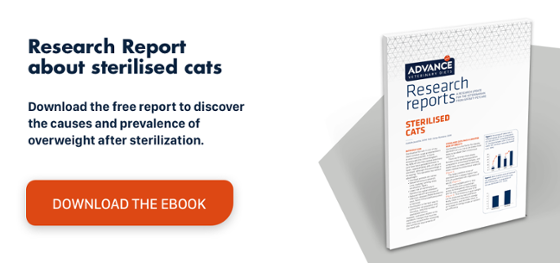MEMO interventions in feline idiopathic cystitis
In previous posts, we have already discussed feline lower urinary tract disease, more specifically struvite and oxalate stones.
This post focuses on changing a cat’s environment using MEMO (multimodal environmental modification) interventions to help manage feline idiopathic cystitis.
A cat’s health is affected by its environment
Cats are highly sensitive to changes in their environment. Whenever they feel uncomfortable, they are more likely to develop a urinary tract disease. The happier they are in their environment, the less stressed they are and thus emotionally and physically healthier.
Stress has been shown to be one of the main risk factors of feline idiopathic cystitis. As such, whenever dealing with a cat prone to urinary problems, it is essential to make a positive intervention in the cat’s environment to reduce its stress.
MEMO interventions are designed to decrease stress levels by modifying the cat’s environment. These small changes reduce the cat’s risk of developing diseases such as feline idiopathic cystitis.
MEMO interventions
These are the main MEMO interventions which you can try with a view to keeping feline idiopathic cystitis at bay:
1: Place at least one resting area in an elevated position. Ideally this should be a quiet, isolated location sheltered from any draughts.
2: Every cat needs a scratching post. Toys that it can use to imitate hunting are also important. One way to introduce novelty into the cat’s life without having to buy new toys every week is to rotate them.
3: Fresh food and water. Each cat must have its own food bowl and several water bowls. The water should always be fresh, so it must be replenished regularly. All bowls should be in quiet locations away from other animals and litter trays.
4: A clean litter tray. Each home should have one clean litter tray per cat, plus an extra one. They must be located in quiet places, emptied once a day and cleaned thoroughly every week.
5: Social contact. Cats must be able to choose whether they want to play with other animals or their owner, or just left alone. It can use windows to avoid playing with other animals outside.
6: Escape routes and hiding places – cats must be afforded complete freedom. They must have places to climb and explore if they feel like it. They also need places to hide.

